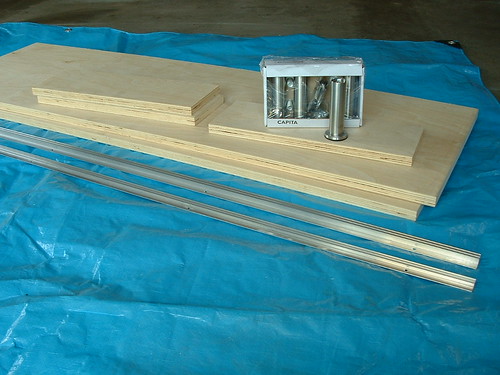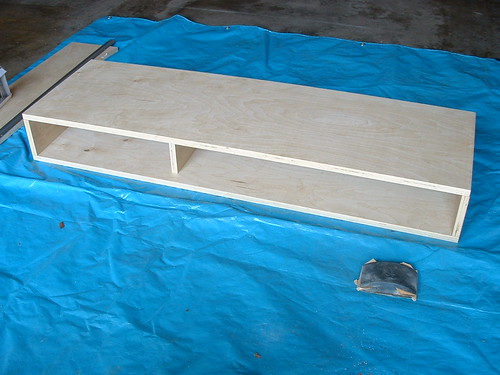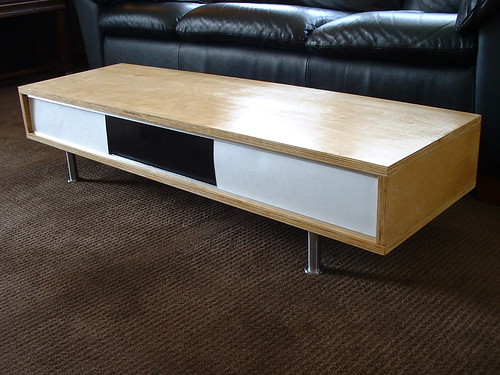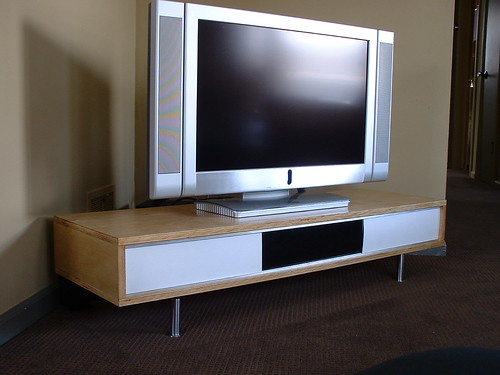In my previous post, I told you how my simple task of removing the wood trim surrounding the opening to the dining room turned into mission creep. Mainly because the dining room needed more than just a new trim, it needed a full shave.
So I began removing the wallpaper, which fortunately went rather well, with large sections easily peeling away. See below.

When I encountered areas of wallpaper that were too stubborn to pull off easily, I heated up the area with an iron first, then gently scraped from behind. To not muck up the iron, I placed a sheet of aluminum foil between the iron and the wall.

Here's some floral wallpaper I uncovered from circa 1962. Betty Draper would've love this.

Eventually I was down to bare drywall (dry barewall?), as shown below.

With the walls ready, I moved onto the dining room window and it's black casing. I thought using white paint on a black window would just not work, so I decided to sand the window first. This proved to be challenging. Although I could sand and scrape away the paint, it was hard work. I also left many dings in the wood with all that scraping.

So I began researching paint removal products. I eventually found Peel Away 6 at Lowes to try. It's not too pricey, has no harmful fumes and is non-toxic (it may be soy-based). On the way home, I called my girlfriend and told her I was bringing home a stripper. (For some reason, she didn't think that was as funny as I did).

Strippers are a mess, I learned. So take my advice... If you bring home a stripper, have plenty of paper towels nearby. I'm just saying. Anyway, I safely removed two layers of paint.

With the walls and the window bare, I was now ready to prime and paint.









































